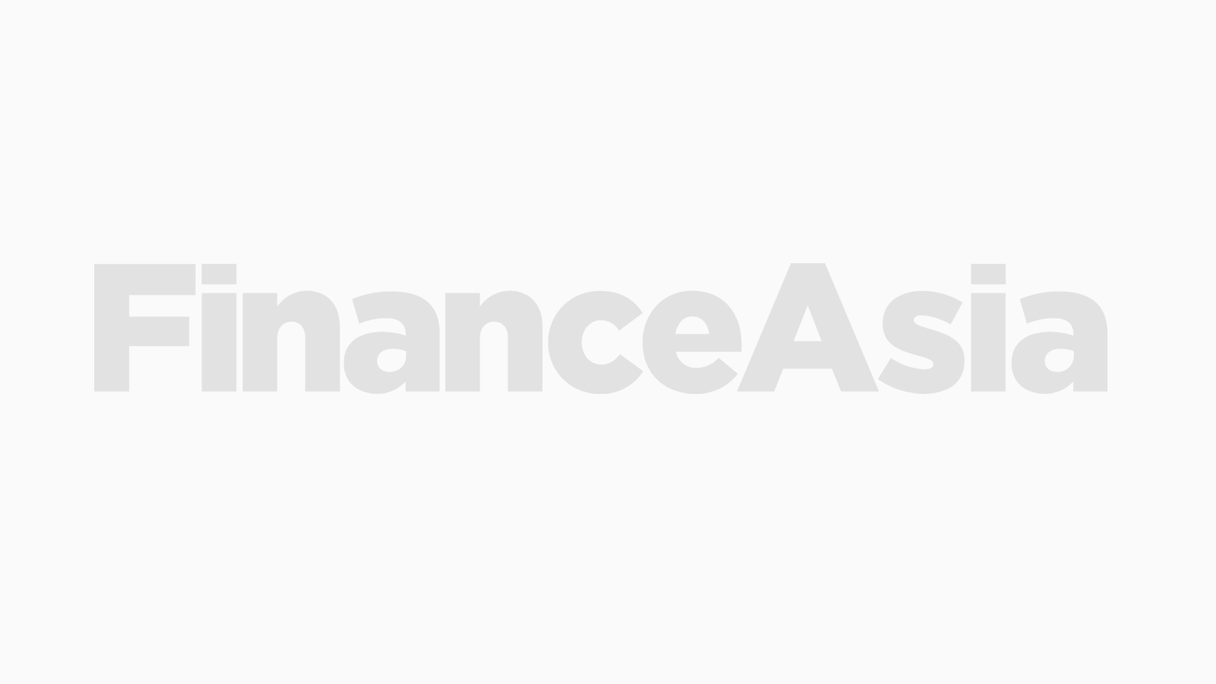The 10 non call five transaction marks the first dollar-denominated subordinated debt issue from Korea since June 2000 and the first upper tier 2 issue to be targeted predominantly at local accounts. It also represents a step forward in the evolution of the kimchi structure designed by Salomon Smith Barney and first put to use earlier this summer on a $110 million issue for Hyundai Motor.



